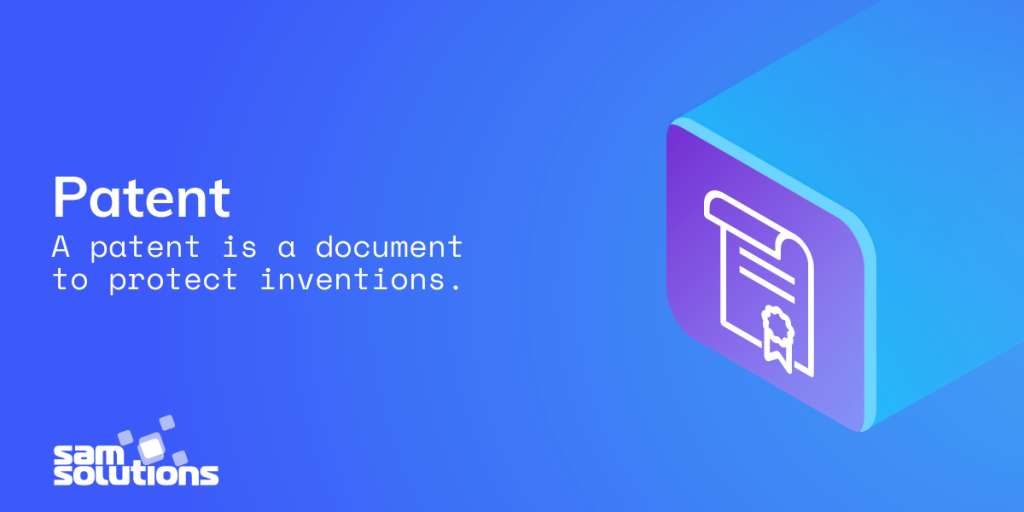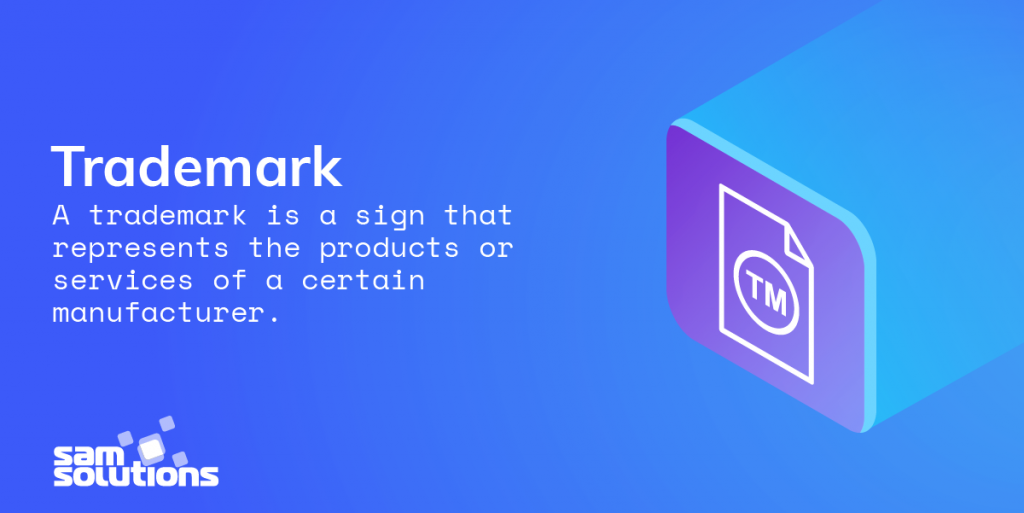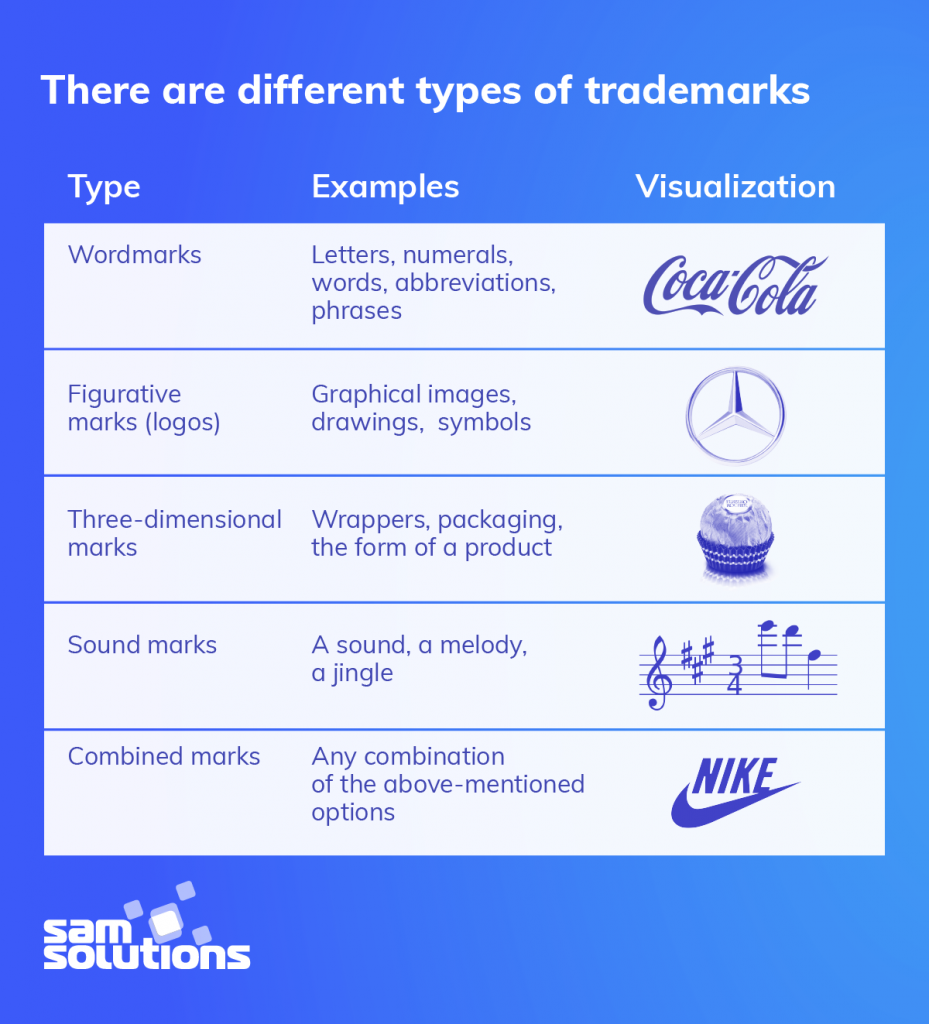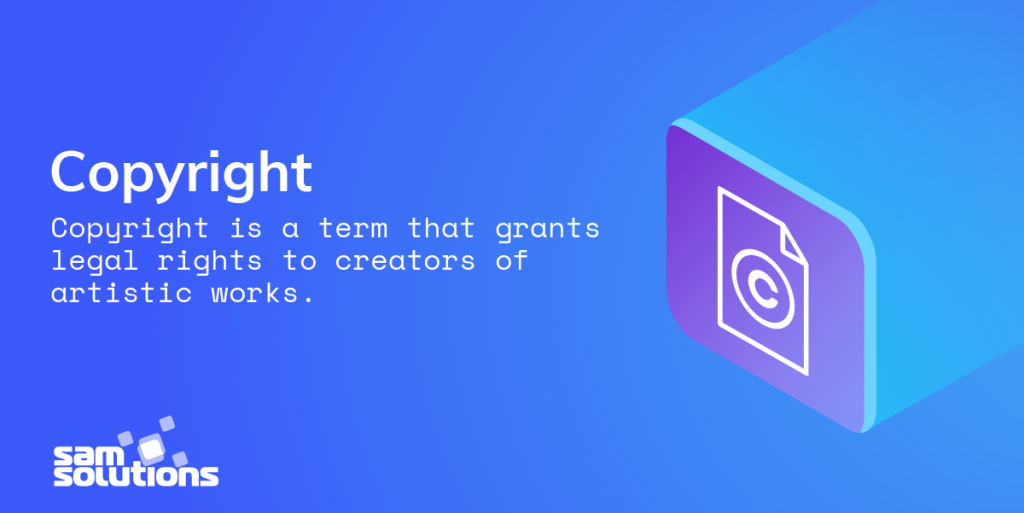The human mind generates an endless number of ideas that may turn into valuable assets and start bringing profits. Such intangible creations are called intellectual property (IP).
Like any real personal property, IP can become a subject of contention; therefore it needs legal protection. Intellectual objects share many common features with physical objects, so they can be sold, bought or given away. What are the different types of intellectual property? How is intellectual property protected from unauthorized use? Learn about it in our article on the topic.
Forms of Intellectual Property
Any product of the human intellect can refer to intellectual properties. The most vivid examples are:
- Songs, music, pieces of literature, photos, videos, web content and other artistic works
- Commercial product names, images, symbols, designs, phrases, etc.
- Inventions and discoveries
If a person creates or invents something exceptional and useful, it makes sense that he or she should have the right to use this creation and gain financial benefits, while no one else could assume such a right. In practice, it may be hard to control the usage of IP objects since they are intangible and have no physical limits. Numerous people can copy and consume such goods even though it’s illegal.
The protection of intellectual property rights has come into common use only at the end of the 20th century, though the term appeared a century before. The main aim of IP protection is to guarantee authors their ownership rights and to take legal actions against anyone who copies and uses them without permission.
Another benefit of the IP protection system is that it encourages innovations and creates favorable conditions for creativity to flourish. This is good for separate organizations, every industry, and the whole country’s economy. Intellectual property rights protection fosters technological development and economic growth, attracting investments and creating new opportunities for citizens.
Types of Intellectual Property Protection
Safes, locks or security services can’t protect IP objects as they are not physical things. In this case, the most efficient way is to turn to IP protection laws.
Different categories of immaterial goods fall under different types of intellectual property protection. The most popular are patents, trademarks, copyrights, and trade secrets. Let’s take a closer look at them.
Patent

A patent is a protection document certifying the exclusive right and authorship of an invention.
It is granted to an inventor for a limited period of time by the governmental executive authority on intellectual property, e.g. United States Patent and Trademark Office.
International regulation is carried out by:
- the World Intellectual Property Organization (WIPO)
- the United International Bureaux for the Protection of Intellectual Property
- the World Trade Organization (WTO) via TRIPS (Trade-Related Aspects of Intellectual Property Rights) Agreement
The length of patent protection varies depending on the country and the patentable subject, but usually, it is about 20 years.
The author gets a patent in exchange for public disclosure of all the details of an invention. To use a patented innovation for your purposes, you have to pay a royalty fee to the author or purchase a manufacturing license.
What can be patented
An invention should satisfy three patentability criteria to be granted a patent:
- Novelty (it is something completely new, not known from the existing technologies)
- Non-obviousness (it is not a modification of something but a newly invented solution that is not obvious to a specialist)
- Industrially applicability (it can be used in industry, agriculture and other fields)
The compliance of the invention with patentability criteria is determined by state experts.
How to apply
A patent is the most difficult form of IP protection to get. The application procedure is:
- Complicated (it may include many claims that describe and define an invention; almost all applicants need professional help)
- Expensive (cost includes an application filing fee, attorney fees, examination fees, and patent maintenance fees paid yearly; total price varies from $5,000 for domestic patents to up to $100,000 for international ones)
- Time-consuming (it may take up to five years)
Apply for a patent only in case it is right for your business.
Trademark

A trademark is a sign that represents the products or services of a certain manufacturer.
Every company should have its own trademark so that consumers could easily identify its goods and services in the market and distinguish them from competitors.
There are different types of trademarks:

What can be registered
You can register any sign that can be represented graphically (in terms of sound trademarks, it is a musical notation). It should also correspond with the following requirements:
- It must make a product distinctive for customers
- It must not deceive customers regarding the quality, nature, or the origin of a product or a service
- It must not be a simple description of a product or a service
- It must be in conformity with laws, public policy, and morality
How to register
To apply for national registration, an applicant should provide a clear reproduction of the trademark (including all desired colors, forms and other features) and a list of products and services that would be identified by this mark. The application is examined in the national office and, if no issues arise, the mark becomes registered.
At the international level, trademarks are registered by the Madrid system or the Madrid Protocol, administered by the WIPO. International registration must be necessarily preceded by a national one.
The entire procedure generally takes up to a year. The term length of a registered trademark is potentially indefinite. It can be canceled only in case the holder doesn’t use it for a lengthy period. That’s why many trademarks are indicated on goods together with symbols ® or ™, meaning the mark is registered and in use.
Copyright

Copyright is a term that grants legal rights to creators of different works of cultural value.
The examples of the works are the following:
- Songs and music
- Literature and writing pieces of work
- Drawings, paintings, maps, etc.
- Sculptures and architectural works
- Photos and films
- Computer software
- Web content
Copyright protection provides the author with two types of rights:
- Moral rights allow the author to be considered as the creator of the work. This right can’t be transferred to anyone else.
- Financial rights allow the author to use his or her creation in different ways (make and distribute copies, perform in public, broadcast, etc.) and get financial rewards for it.
How to obtain copyright protection
A formal registry of copyright works doesn’t exist. The creator gets copyright protection automatically at the date of the creation. The one and the only requirement is that the work must be original, i. e. сreated using exclusively the author’s intellectual resources, not a copy, transformation or modification of some other work. You can mark your work with your name, signature, date or the copyright symbol ©, but it doesn’t affect the level of protection you have.
Some countries, however, have laws on copyright registration. There is also the international Berne Convention for the Protection of Literary and Artistic Works that can be used to protect your work in other countries.
As a rule, the copyright term lasts during the author’s life and 70 years after their death. The difference concerns anonymous or pseudonymous works for which the term lasts 95 years from the first publication or 120 years from the year of its creation.
Trade Secret

A trade secret is a piece of valuable information that is not publicly known but can bring economic and competitive advantages to commercial organizations.
Trade secrets are not covered by special legislative provisions, though they may fall under unfair competition law or some other civil laws. In some countries, people who disclose industrial secrets can be fined.
The most common protection of trade secrets is a non-disclosure agreement. Confident information is valid until the moment it is publicly revealed by the owner.
Examples:
- Recipes for food
- Client base
- Marketing strategy
- Experimental technology
The chart below provides an overview of the types of intellectual property rights and how to protect intellectual property.
Different types of intellectual property: a comparison chart
| Type of protection | How to get it | Term | Applicable for |
| Patent | Apply | 20 years | Inventions |
| Trademark | Register | Unlimited while the mark is in use | Product names |
| Copyright | Automatically granted | Author’s life plus 70 years | Artistic works |
| Trade secret | Non-disclosure agreement | Until the information is revealed | Confidential information |
Our Experience
SaM Solutions has substantial experience in developing projects for large intellectual property organizations. We also provide IT services to multiple law firms focusing on IP rights, including patents and trademarks.
If you are in search of a reliable IT provider, please contact us !



























 5 Reasons Why Your Business Needs a Mobile eCommerce Application
5 Reasons Why Your Business Needs a Mobile eCommerce Application Using Salesforce to Improve Your Sales Pipeline: Five Tips
Using Salesforce to Improve Your Sales Pipeline: Five Tips Cross-Platform Mobile Development: Five Best Frameworks
Cross-Platform Mobile Development: Five Best Frameworks How to Develop Custom Accounting Software
How to Develop Custom Accounting Software 10 Best Web Development Frameworks in 2024
10 Best Web Development Frameworks in 2024










 Top 30 Ecommerce Tools to Elevate Your Business in 2024
Top 30 Ecommerce Tools to Elevate Your Business in 2024 5 Best Tools to Improve Embedded Software Testing
5 Best Tools to Improve Embedded Software Testing Why React and Node.js Are the Top Technologies for Creating High-Performance Web Apps in 2024
Why React and Node.js Are the Top Technologies for Creating High-Performance Web Apps in 2024 10 Best IoT Platforms for 2024
10 Best IoT Platforms for 2024
An impressіve share! I’ᴠe just forwarded this onto a colleague who has been doing a little homework on this. And he actually ordered me lunch due to the fact that I stumbled upon it for him… lol. So allow me to reword this….
Thanks for the meal!! But yeah, thanks for spending the time to talk about this issue here on your blog.
Ηello theгe! This is my first comment һere so Ӏjust wanted to ցive a quick shout out and say I genuinely enjoy reading your posts.
Thank you!
It’s not my first time to pay a quick visit this web page, I am visiting this webpage daily and get fastidious data from here everyday.